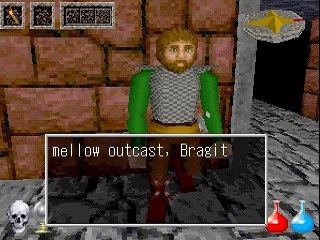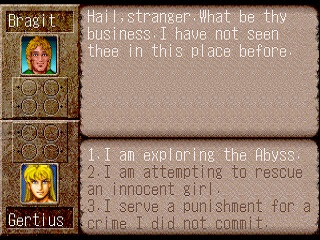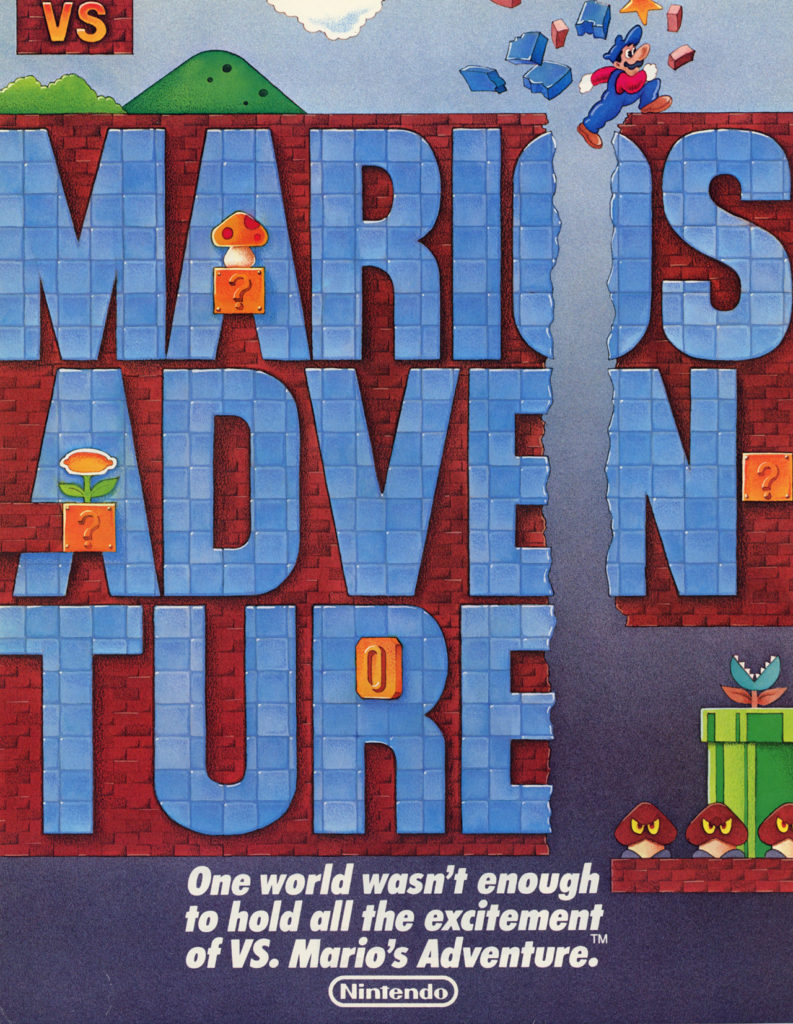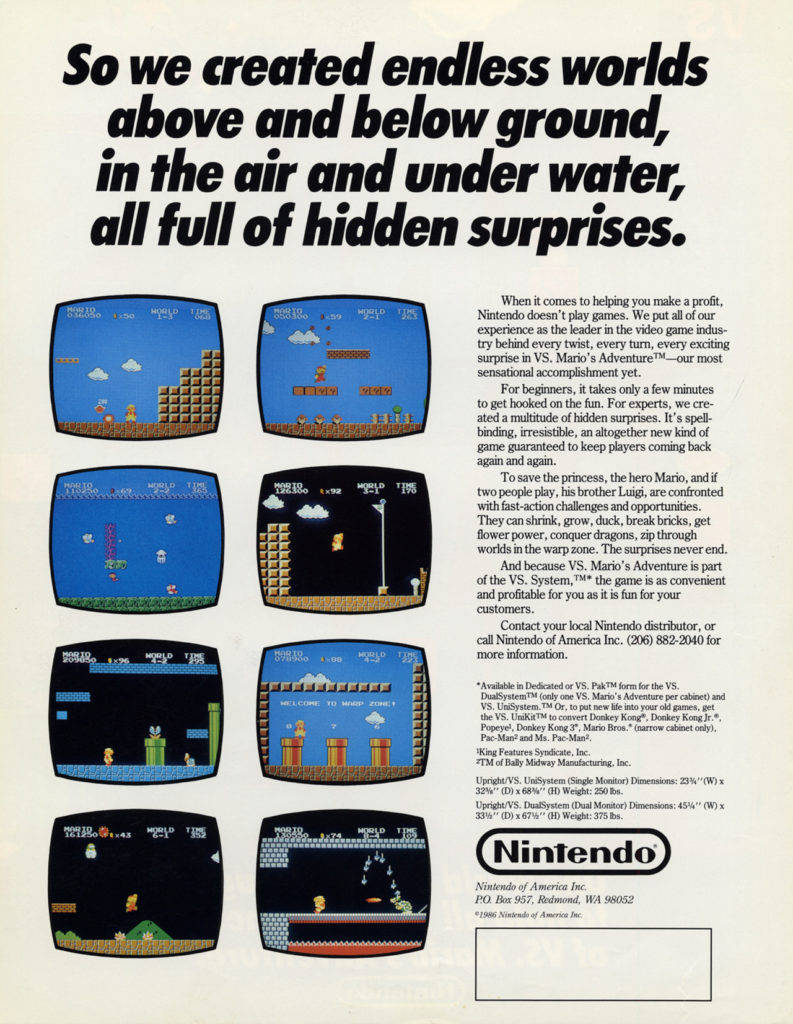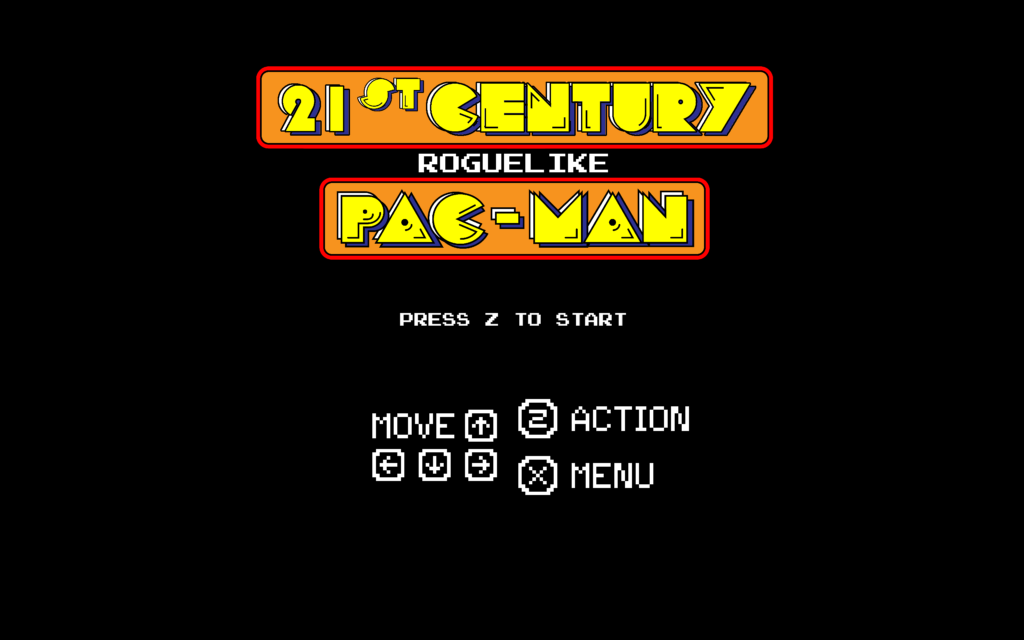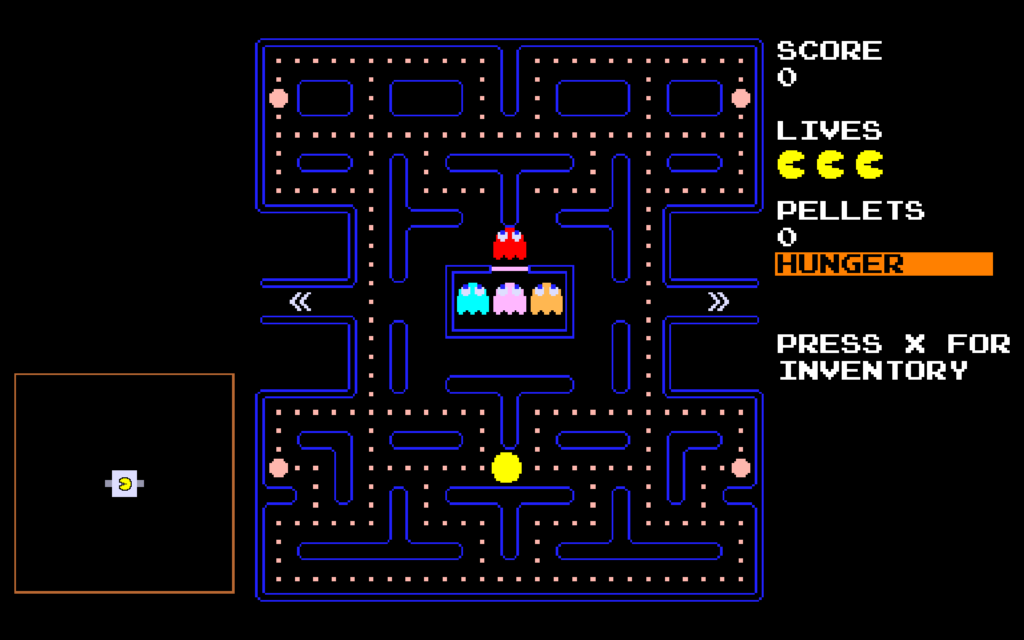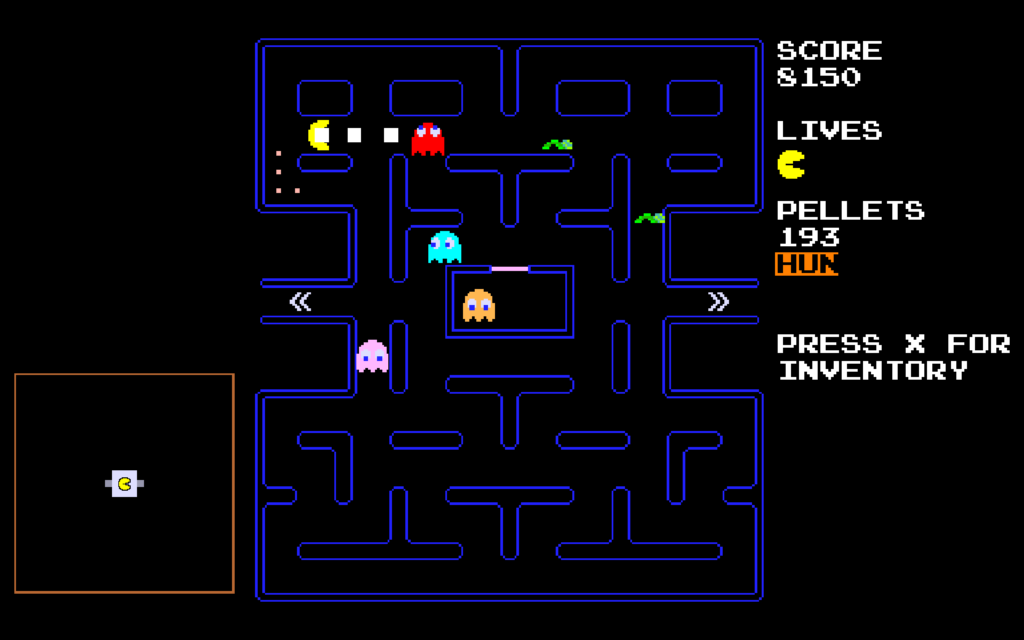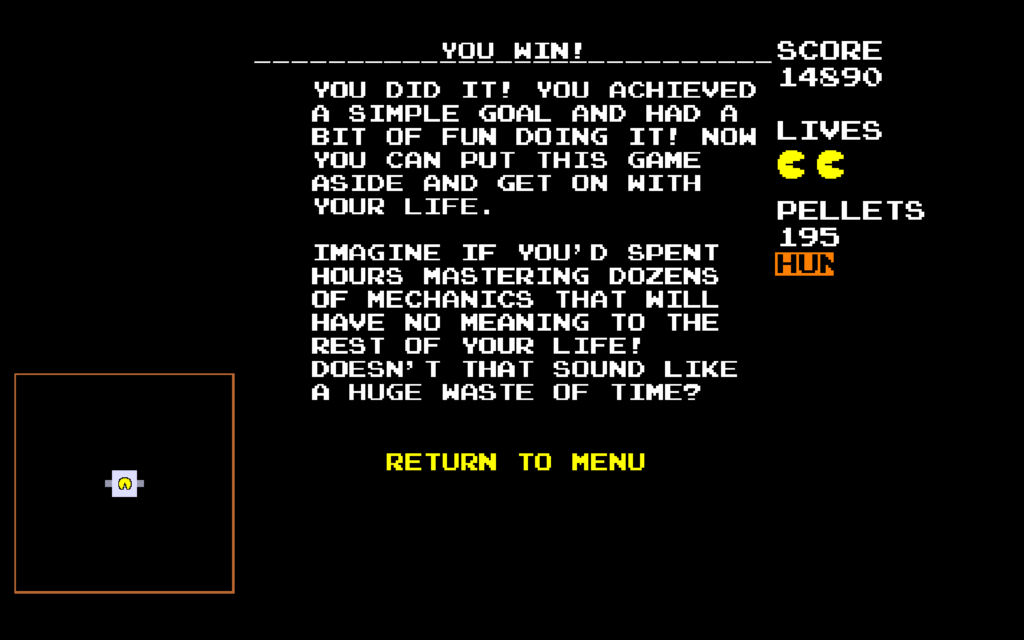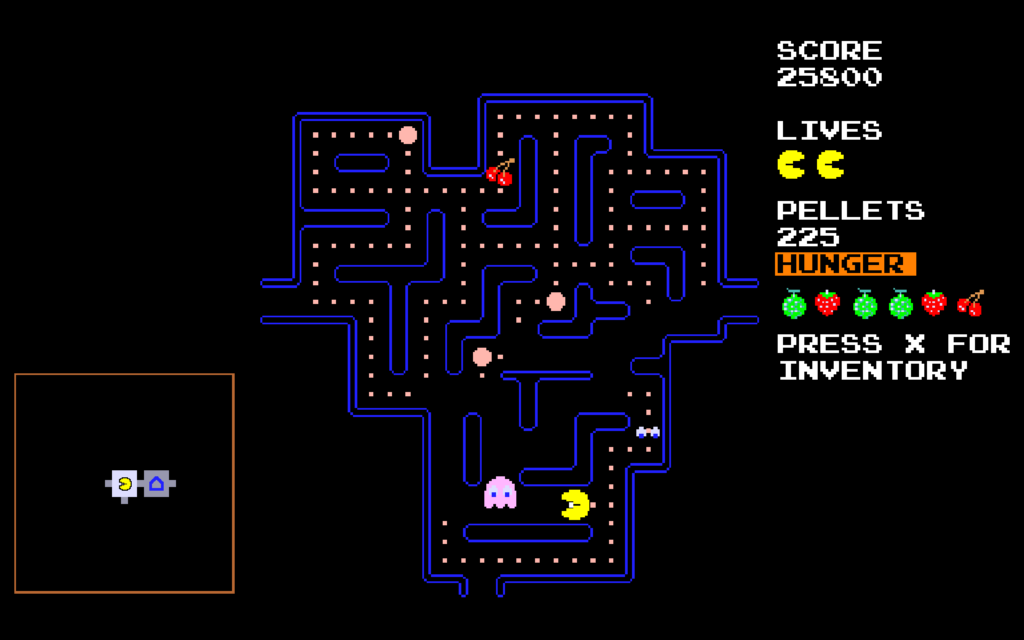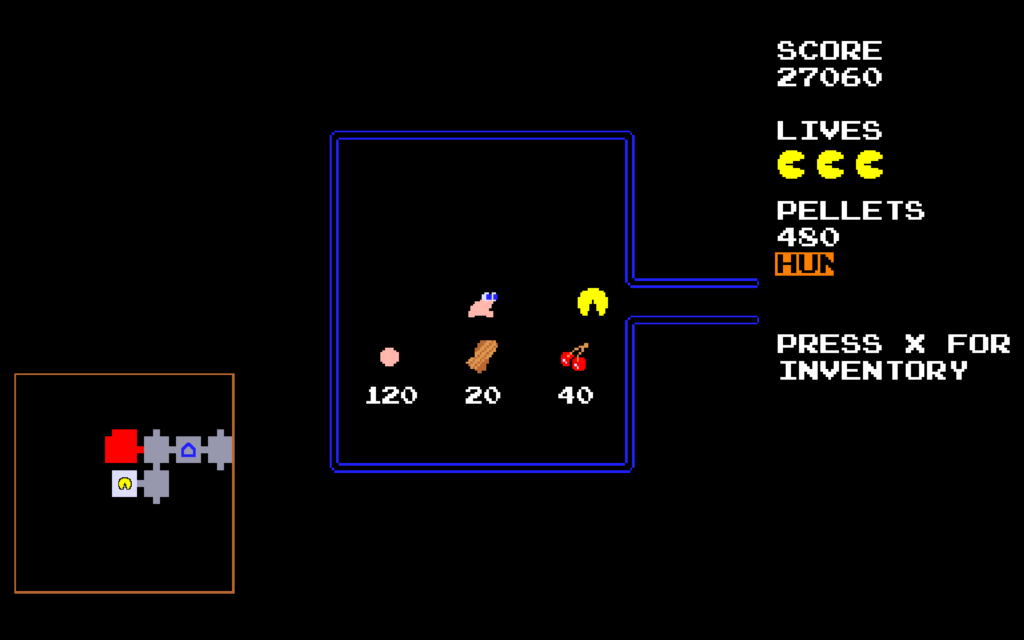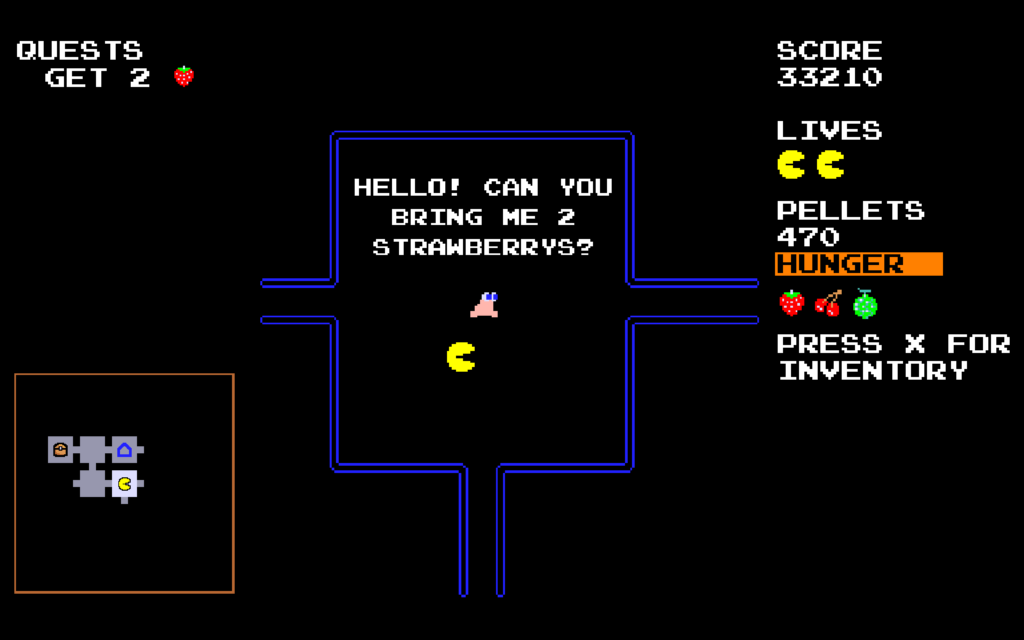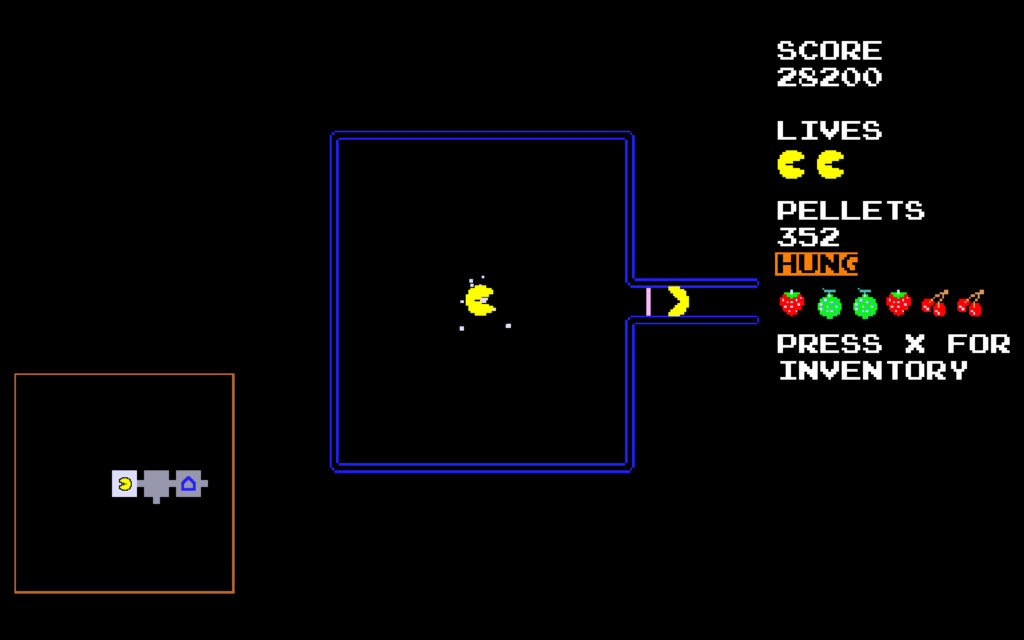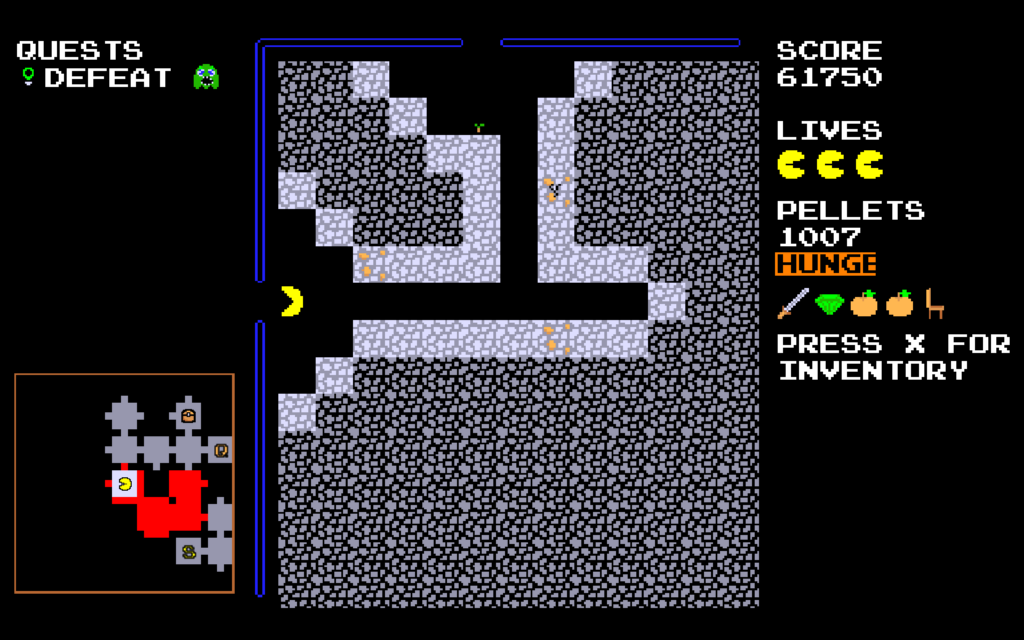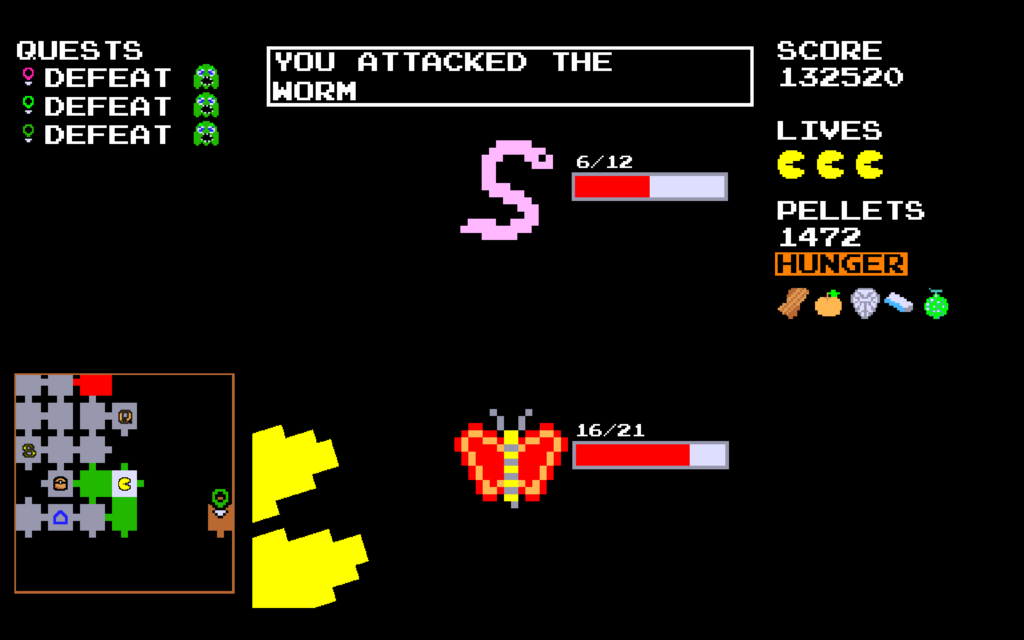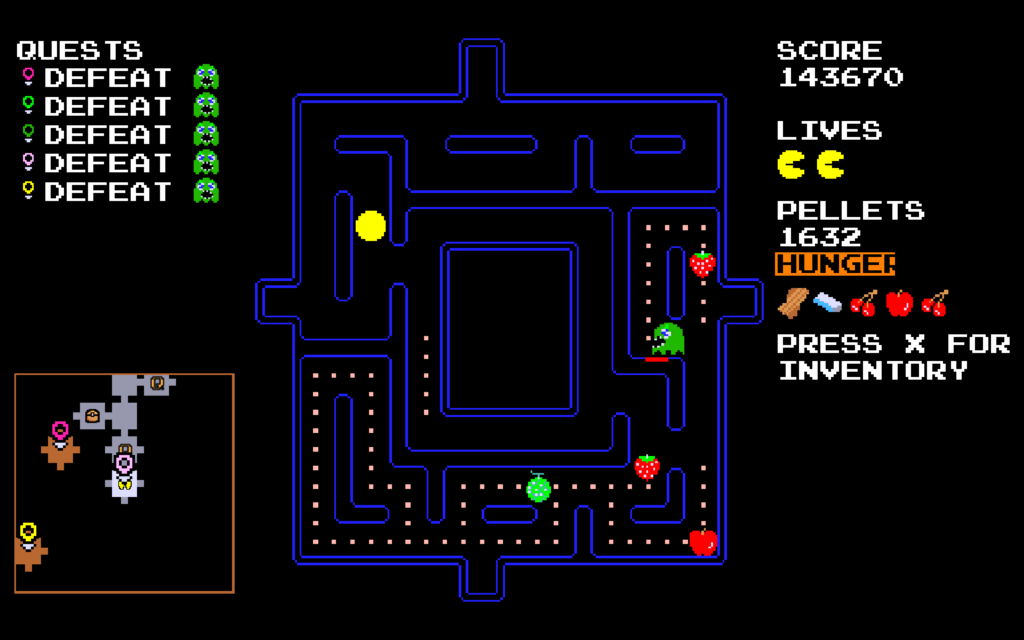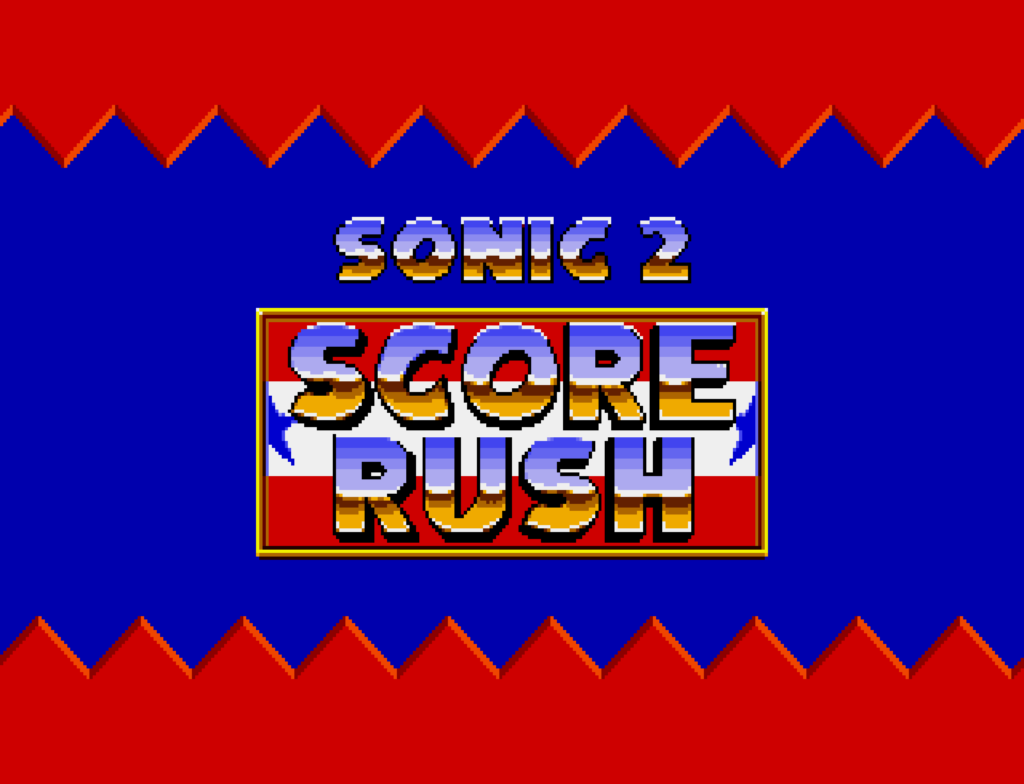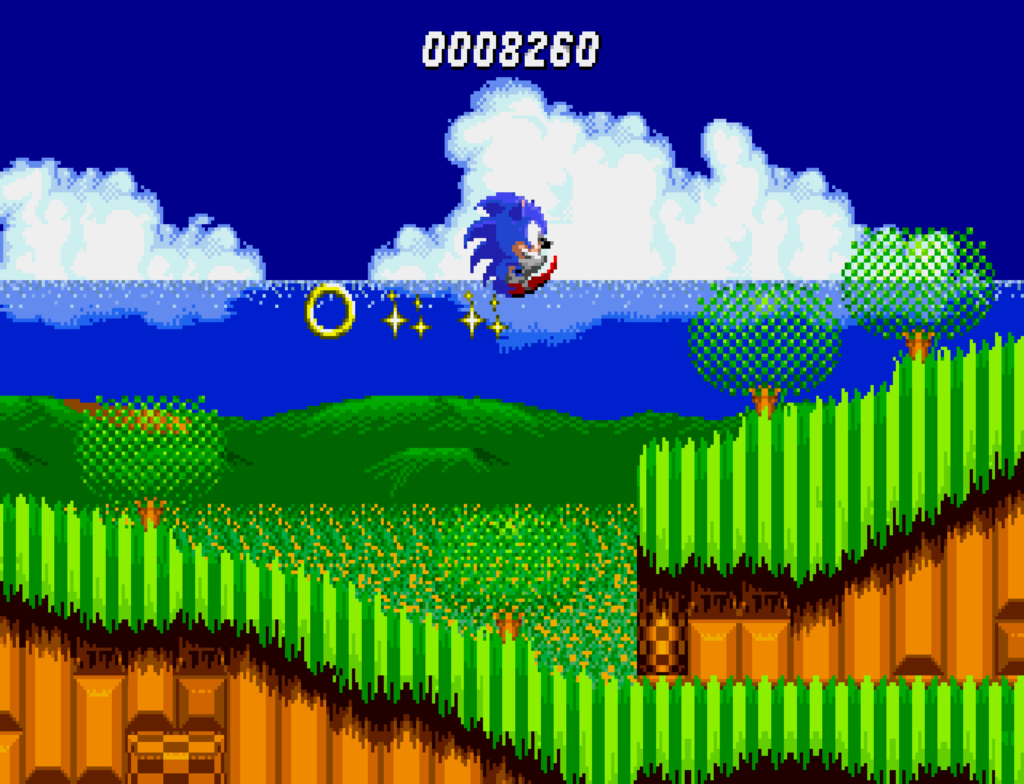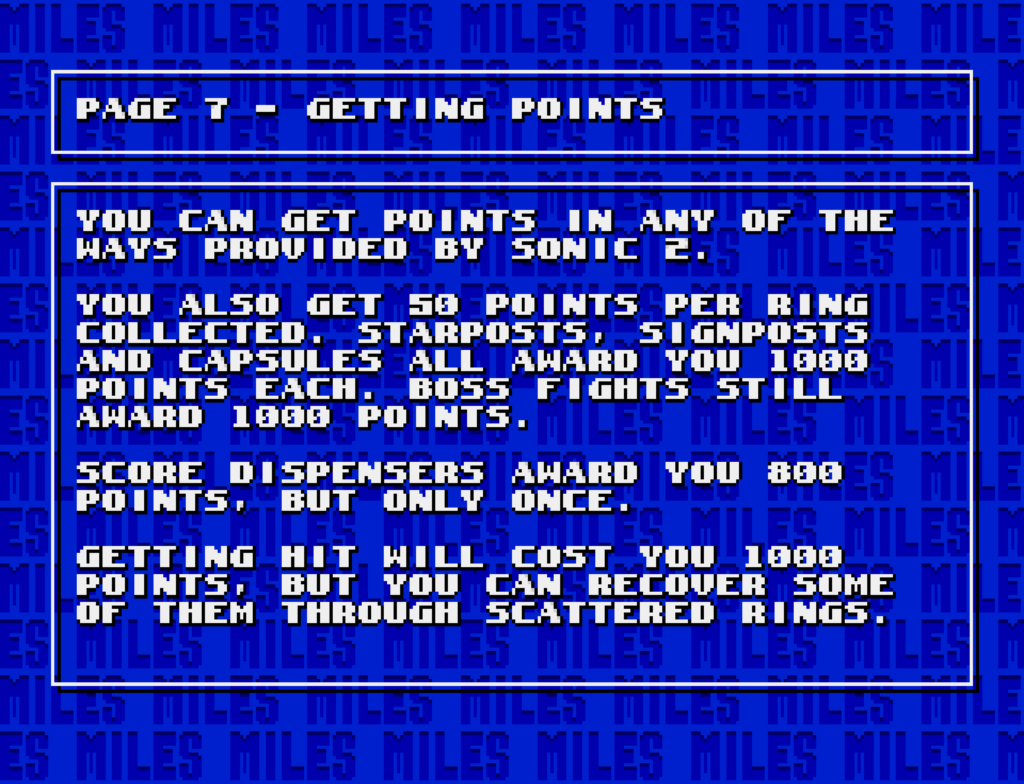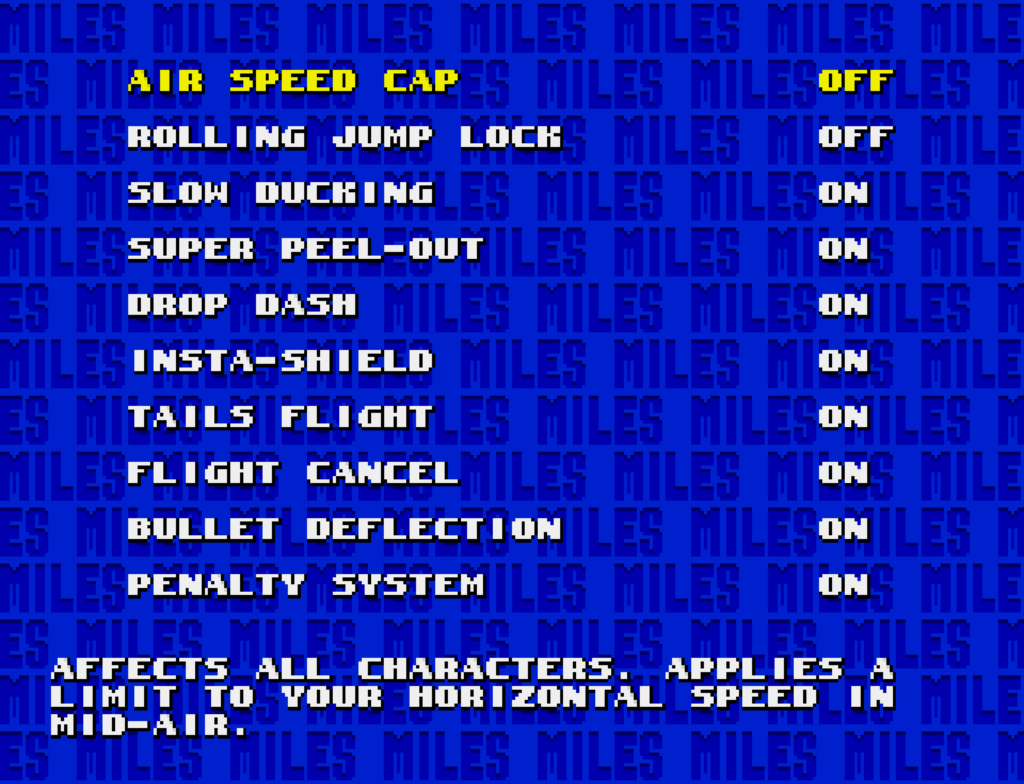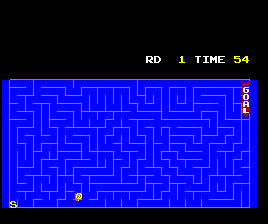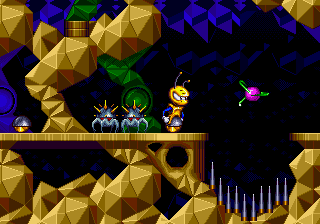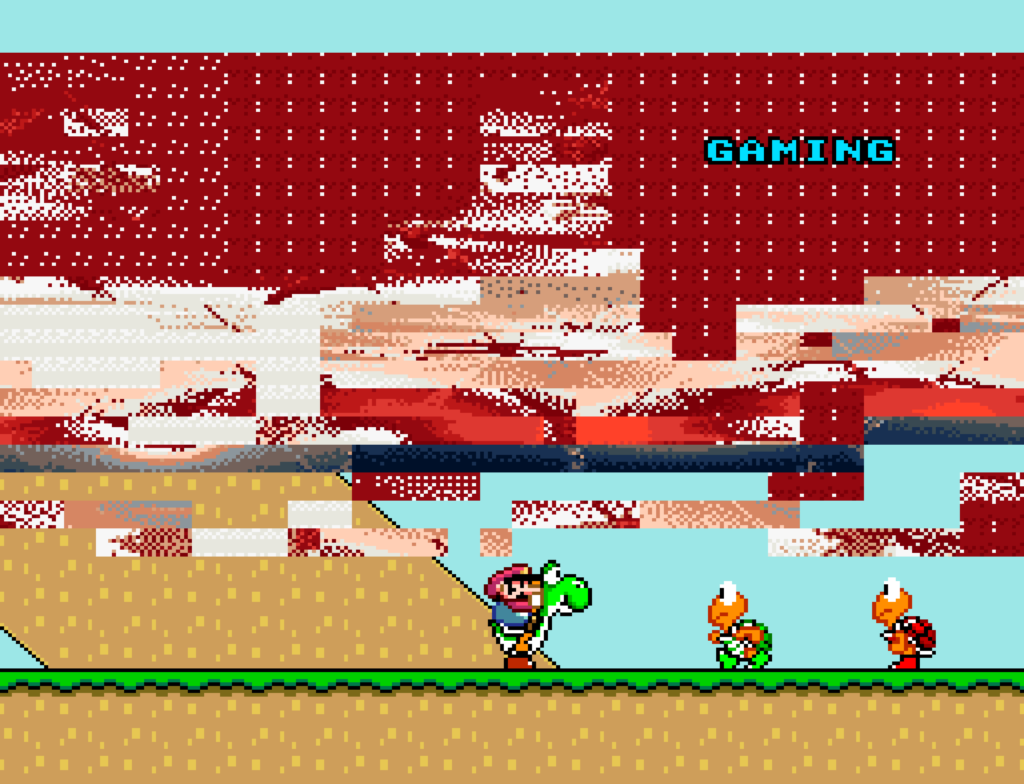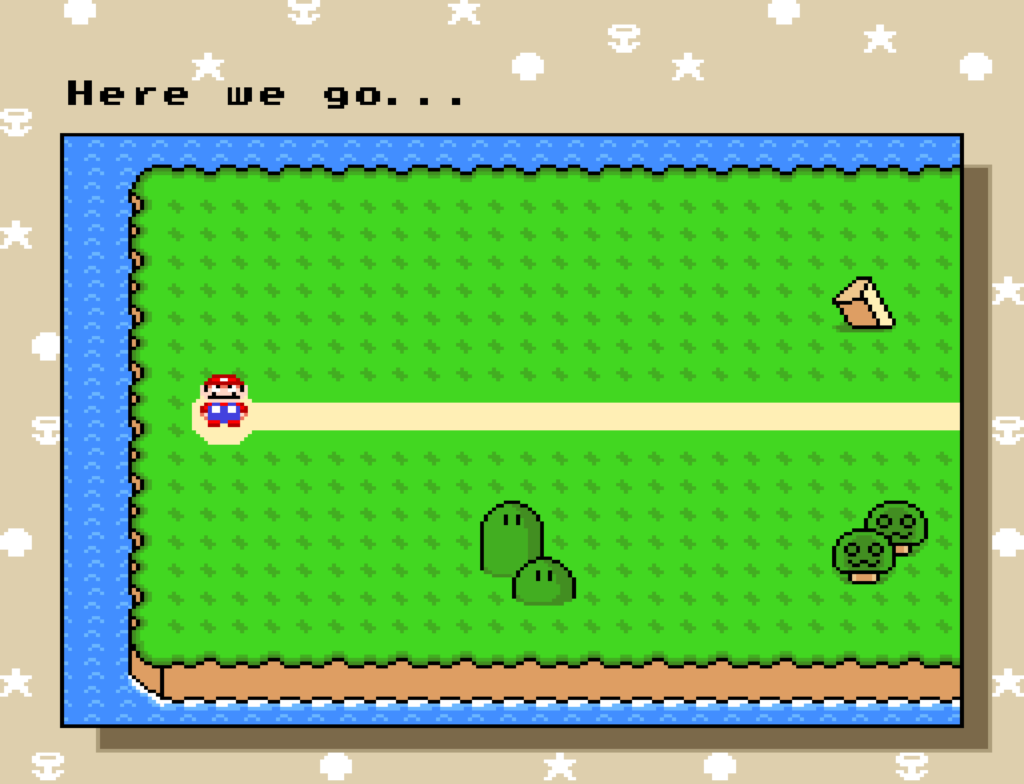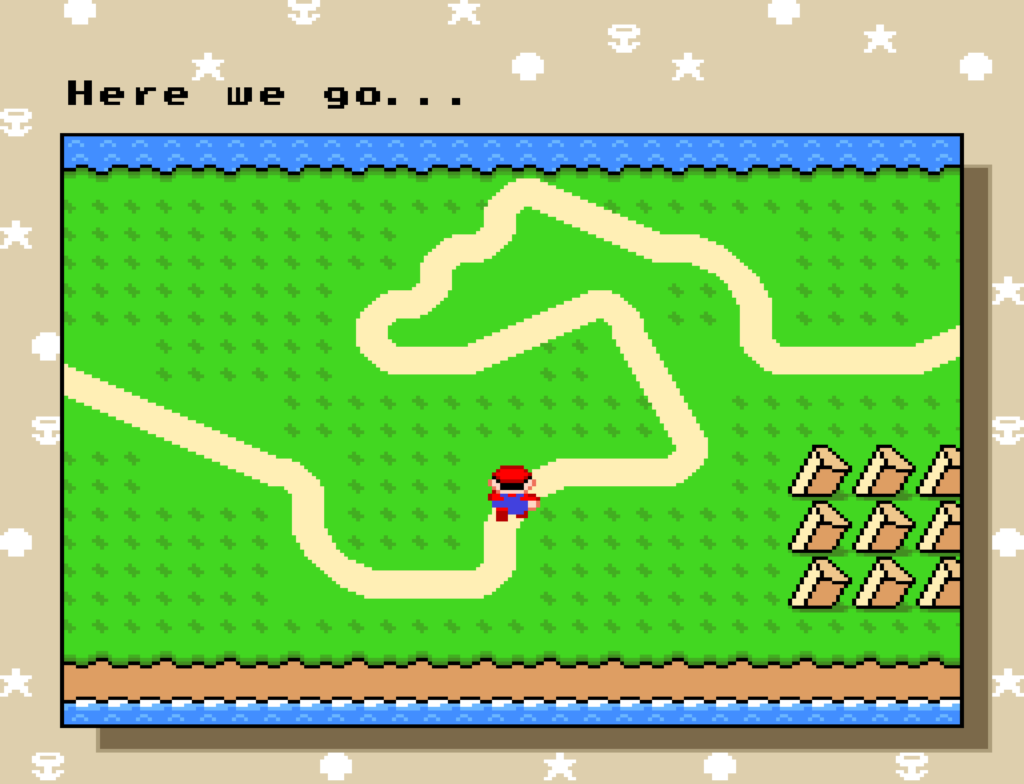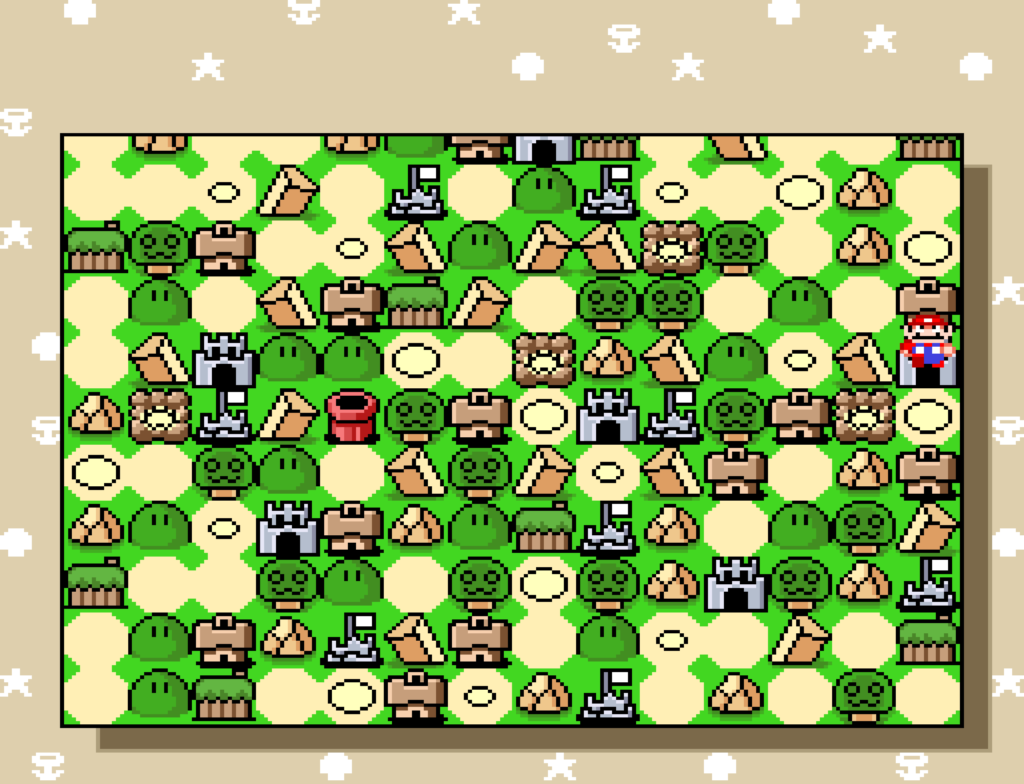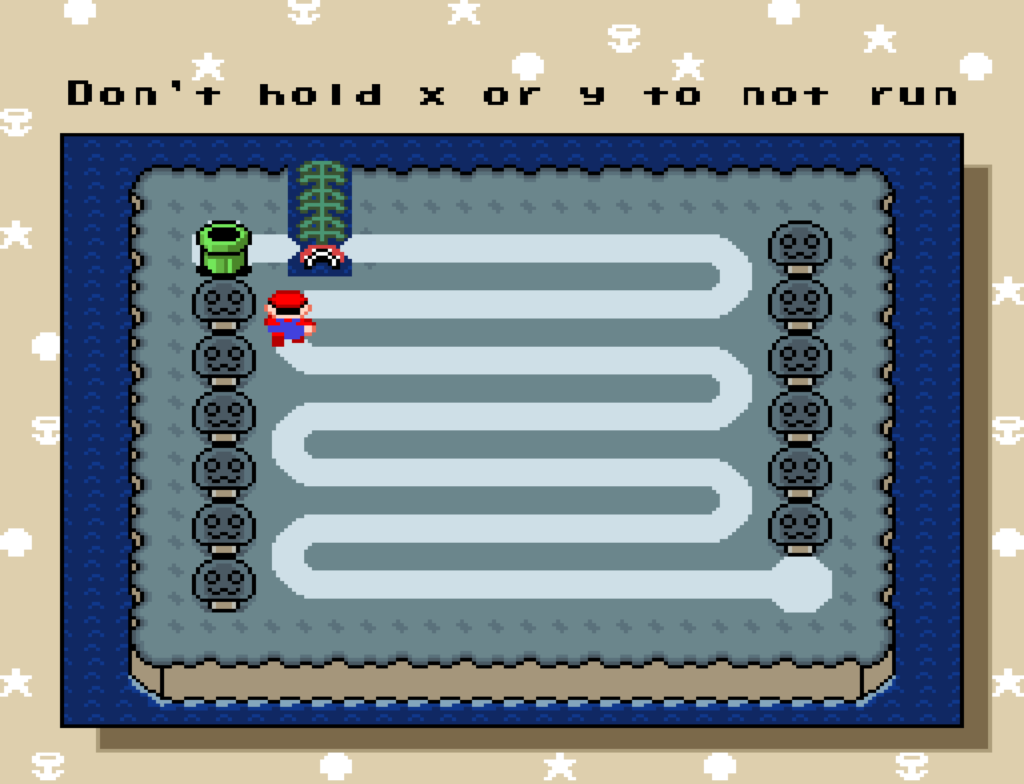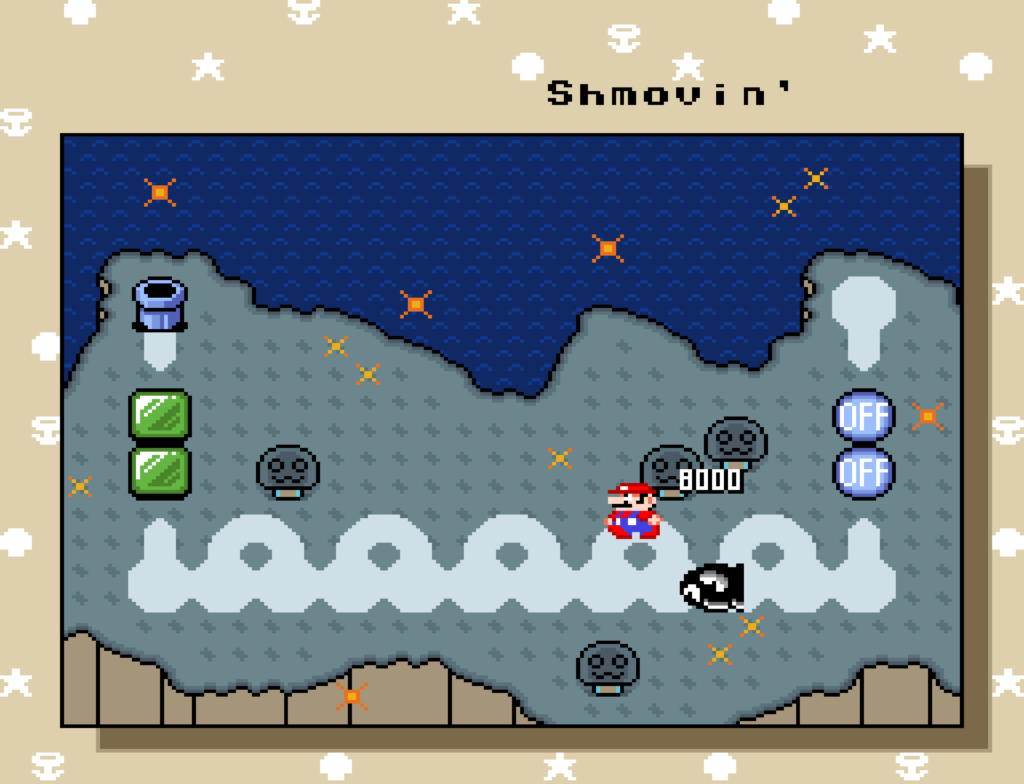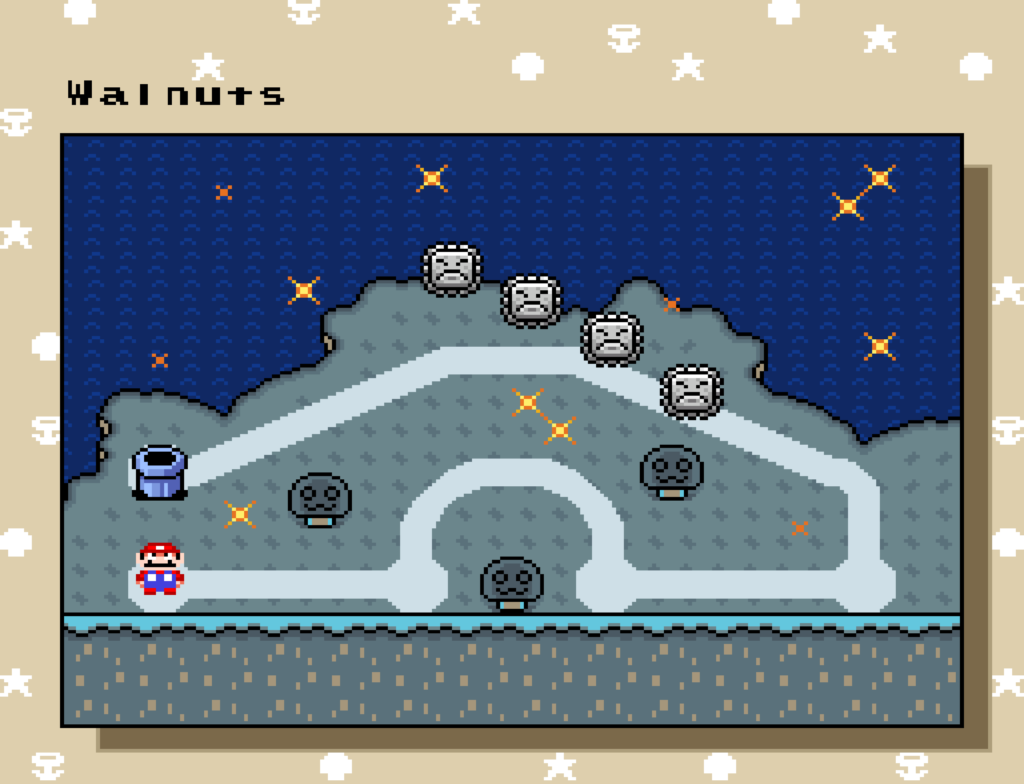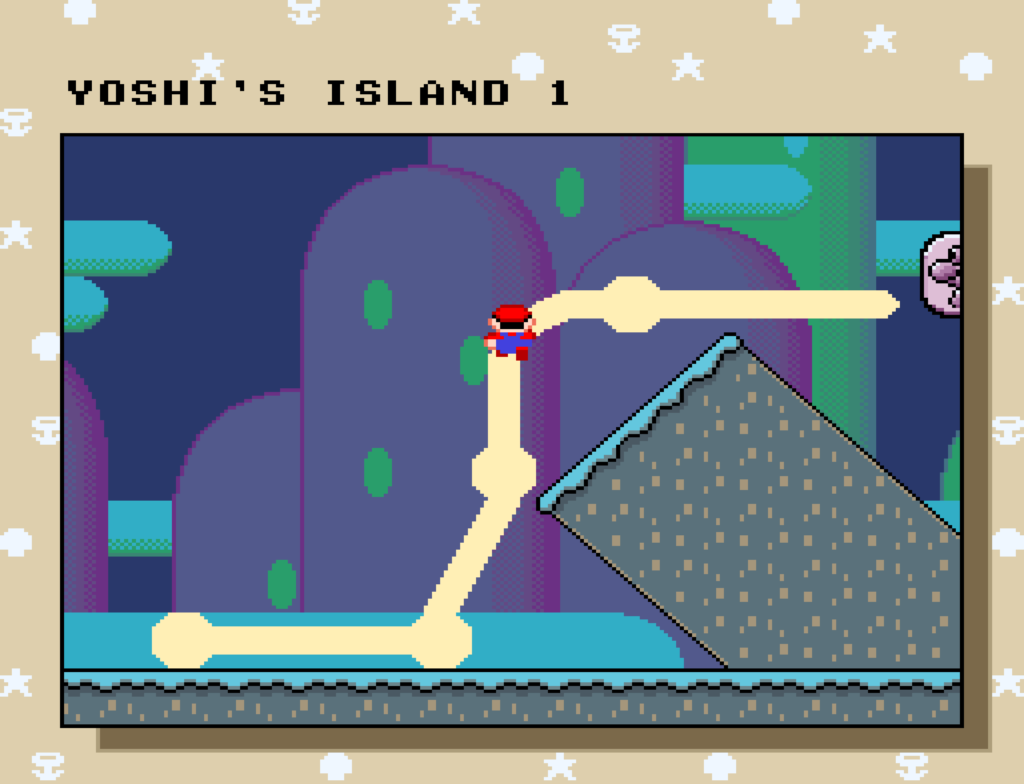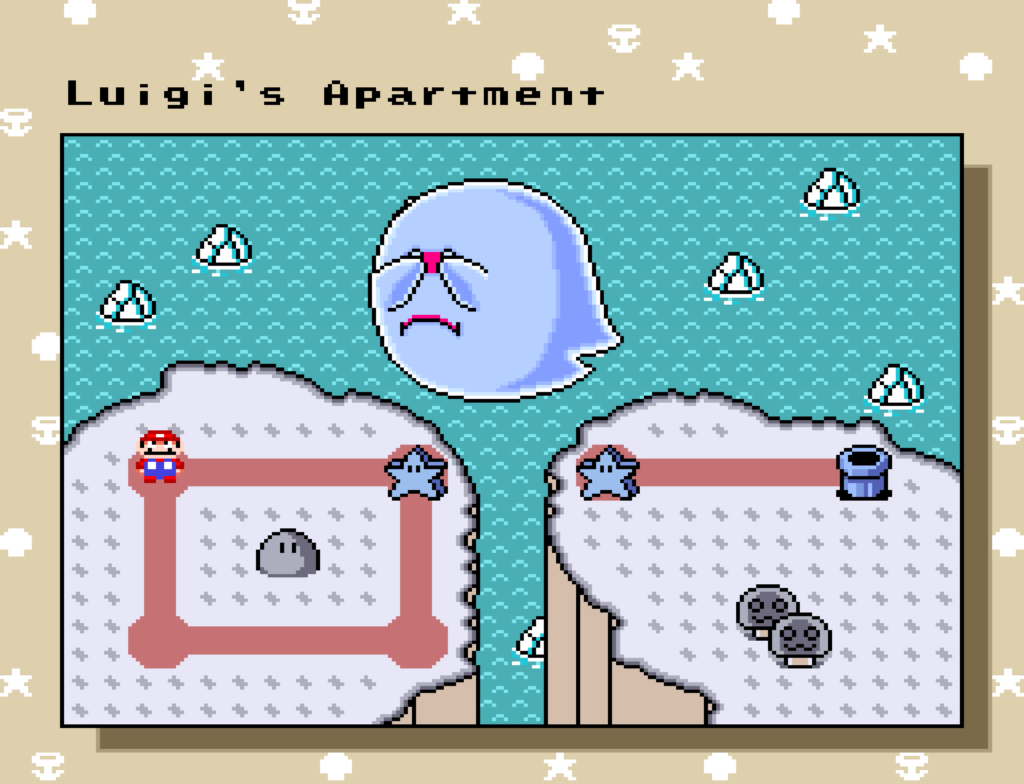
On Romhack Thursdays, we bring you interesting finds from the world of game modifications.
The site of friend-of-the-blog Matthew Green has a wonderful post that describes a new hack that puts the long-lost tracks from two Satellaview versions of F-Zero into the main game, making them playable in a romhack. The creators of the hack, called BS F-Zero Deluxe, went to great lengths to recover them, partly by using tracks recovered from old Satellaview Flash carts, and some by actually recreating them painstakingly from a VCS recording of the tracks being played.
The post has a long discussion with the hack’s main programmer that goes into great detail concerning the origins of the tracks and how they were recovered, and other context surrounding the broadcast versions of the game. I won’t restate all of that here; it’s well worth reading it over on Press The Buttons.
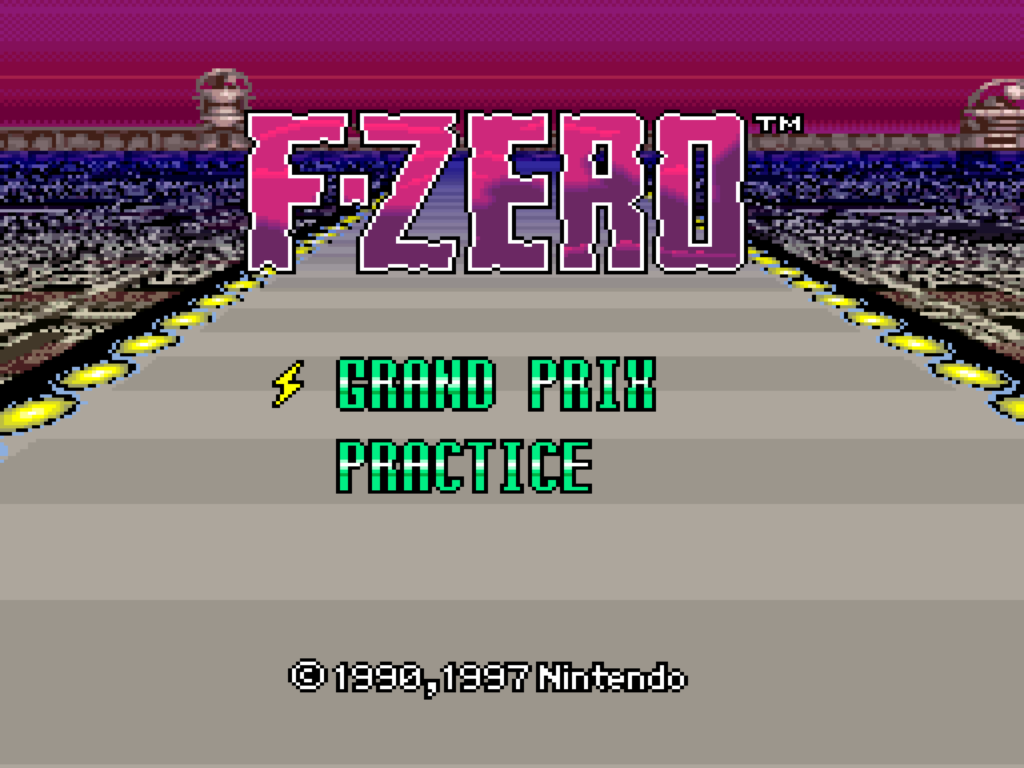
The great thing about the tracks is they follow the progression of the original game. The original had a number of tracks that would be iterated over, with changes, as the player went through the leagues of the game, and the new tracks continue that pattern, with Big Blue II, Silence II, and Mute City IV, as well as new track sequences Forest I, II and III, Sand Storm I and II, and Metal Fort I and II.
The ten added tracks have been collected into two new BS Leagues to test classic F-Zero players:
BS-1 League
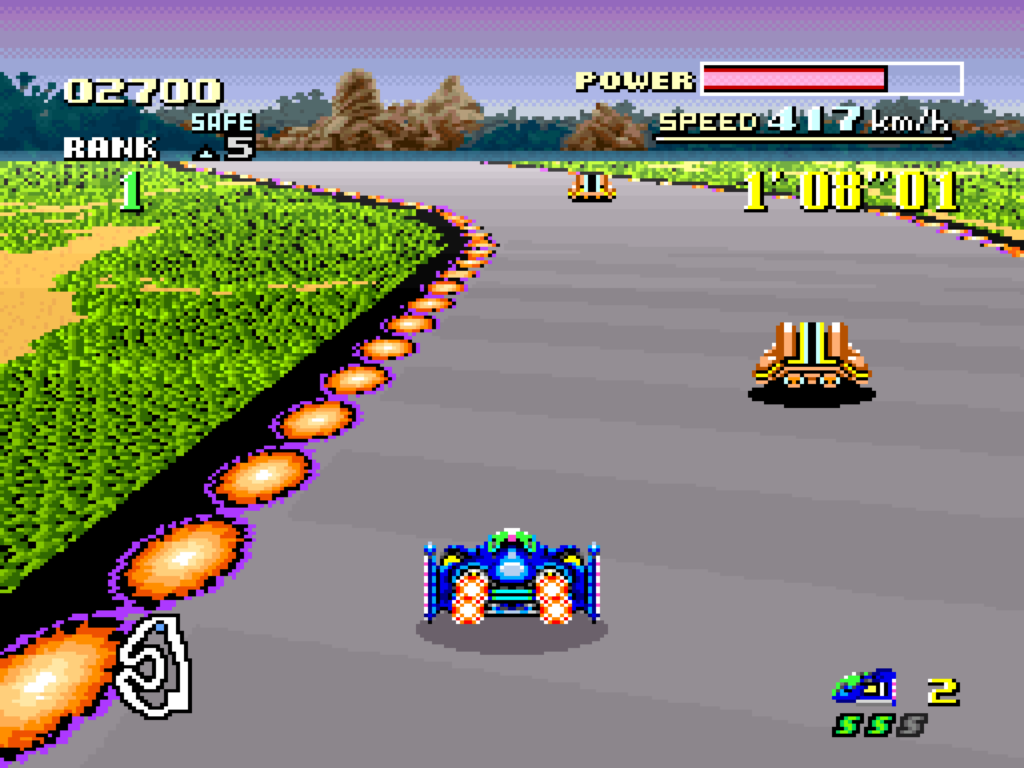
FOREST I: One of only two tracks with no pit area for recovering energy! The Forest tracks are fairly simple tracks, but have large areas with slip zones.
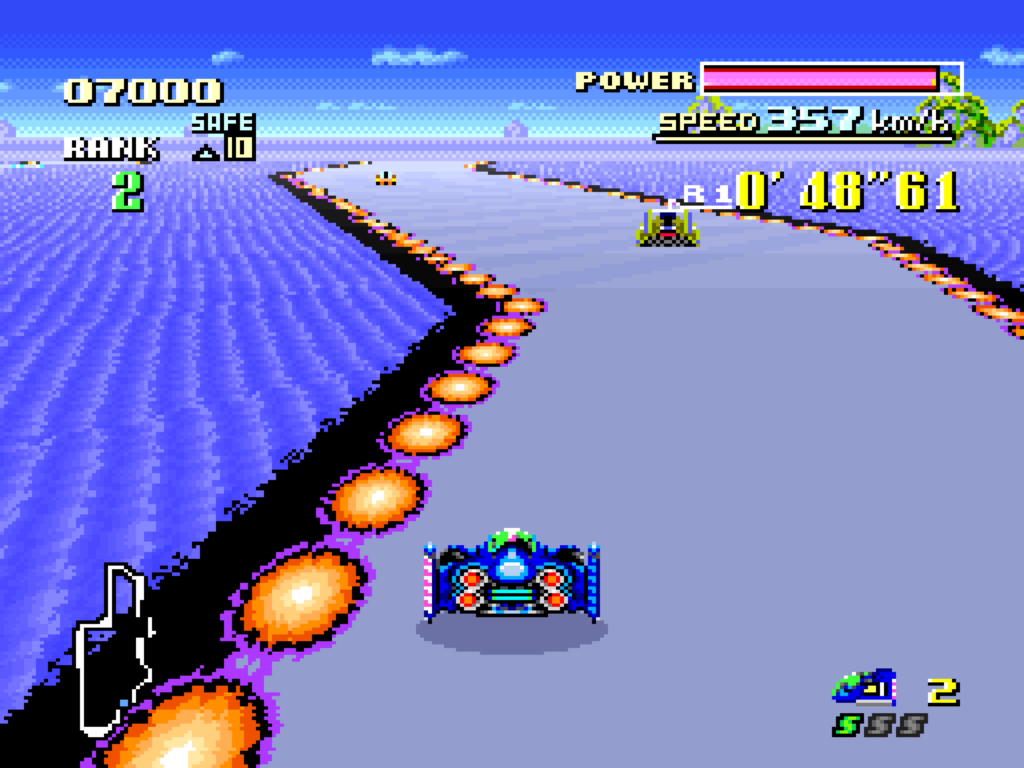
BIG BLUE II: Many changes from Big Blue in F-Zero, including a branch with a hard jump on the left, and an easy jump on the right. If you take the hard jump and it doesn’t look like you’ll make it, you can fairly easily steer in the air back onto the easy jump route.
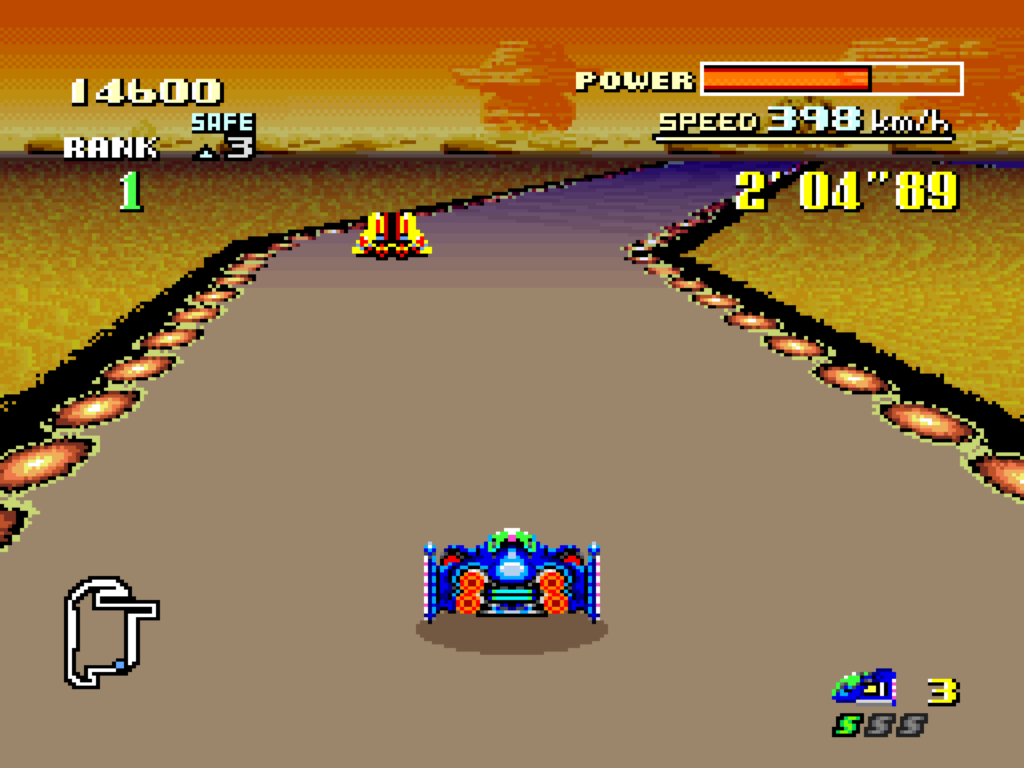
SAND STORM I: Somewhat like an easier version of Fire Field, and with the Fire Field music to boot. Watch out for the narrow hazard zone with land mines down the middle! It’s hard for me to tell exactly, but it seems like this track uses Death Wind’s gimmick, where you’re constantly being pushed around as you drive.
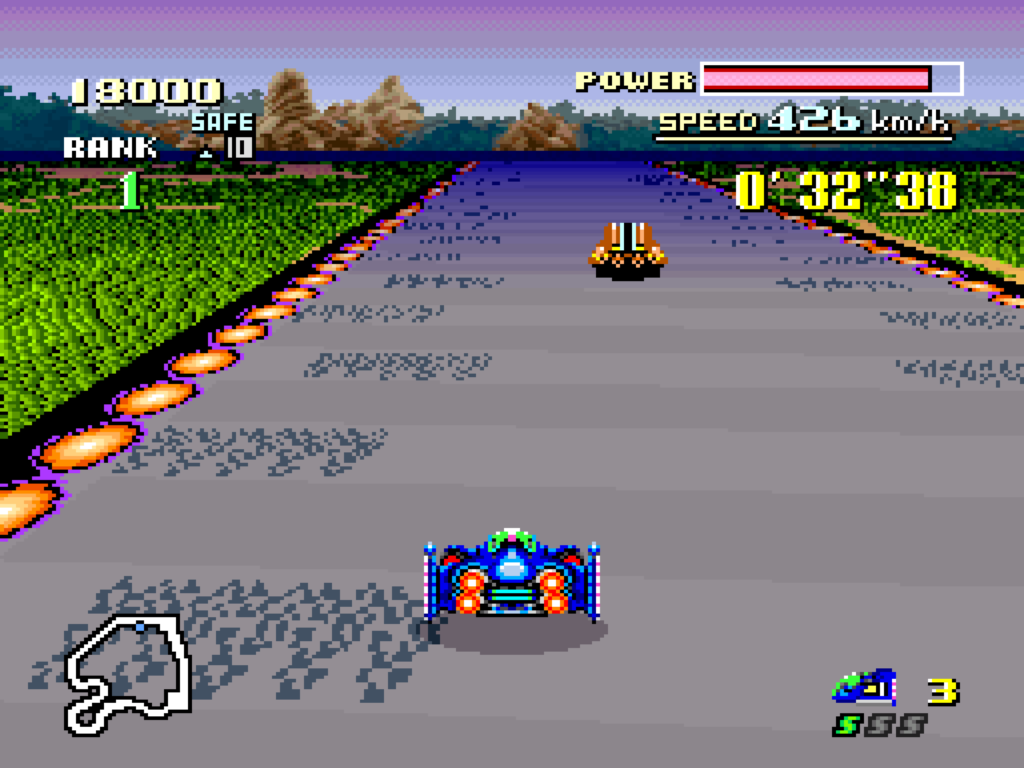
FOREST II: In addition to being the other track with no pit zone, a large part of the track is composed of one long slip zone.

SILENCE II: The many 90-degree turns of the original Silence have been simplified, but in their place are two sections with land mines that are worse than any of their use in the original F-Zero. There’s also a highly dangerous section where all the walls of the track have been replaced with jump pads, giving unskilled drivers ample opportunity to launch themselves into oblivion.
BS-2 League
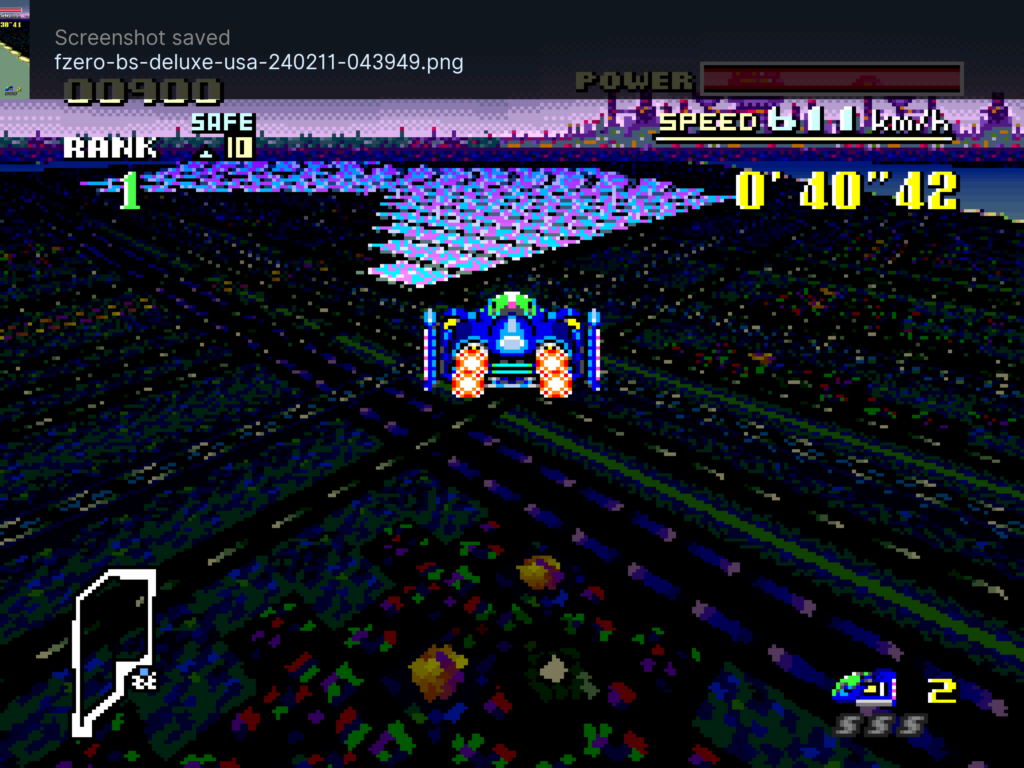
MUTE CITY IV: The original three Mute City tracks began each of the original game’s leagues, and were mostly the same except for a significant changed area in the middle of the track. In Mute City II it was a difficult branch, and Mute City III added a narrow section and some landmines. Mute City IV does the same thing, except its new area is a huge series of jumps over open space! When you see the big arrows made of jump pads pointing the way back on to the track you had better follow them! It’s easy to die here even if you know what you’re doing, since at high speed you’ll probably have to aim for the narrow parts of the arrow.
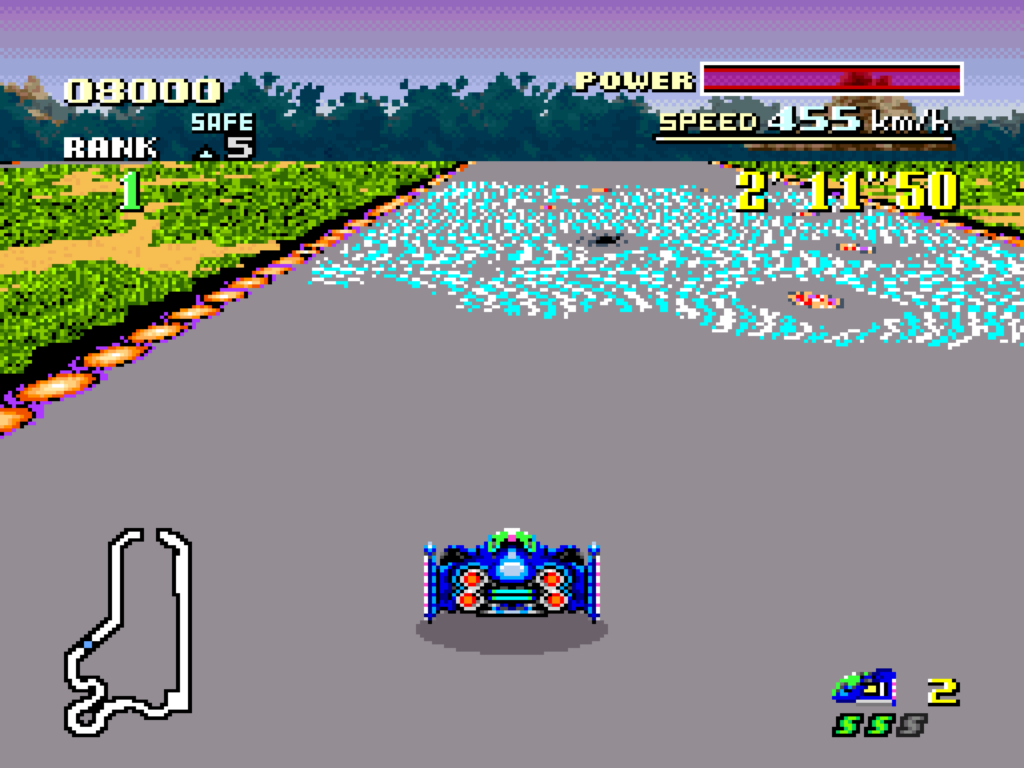
FOREST III: The only Forest track with a recharge area. It’s still not a complex track, but there are a couple of slippery areas with mines to avoid.
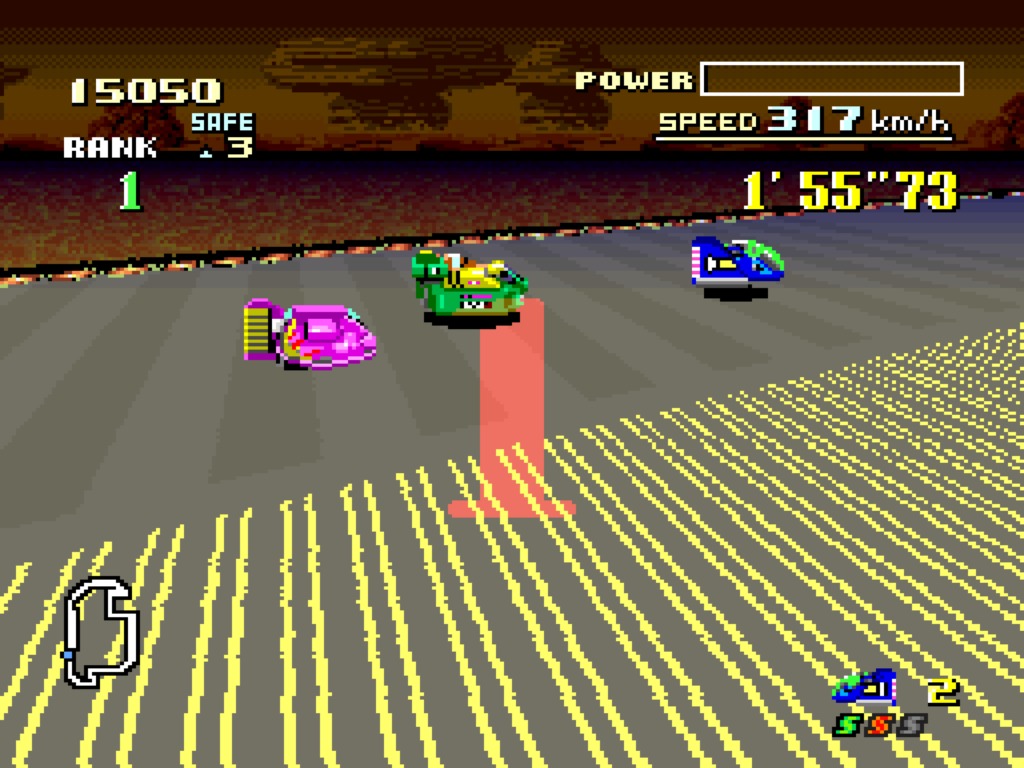
I had enough of an issue getting through this that my only screenshot is of finally finishing it. Note how much energy I have left-none!
SAND STORM II: The most difficult track of the new set, with lots of tight turns and an area with the magnets that pull you to the side, in addition to the strong winds.

METAL FORT I: Not so hard a track, except for the place where you have a jump onto a narrow section with magnet hazards on the sides. Make sure you’re lined up right, or BOOM.
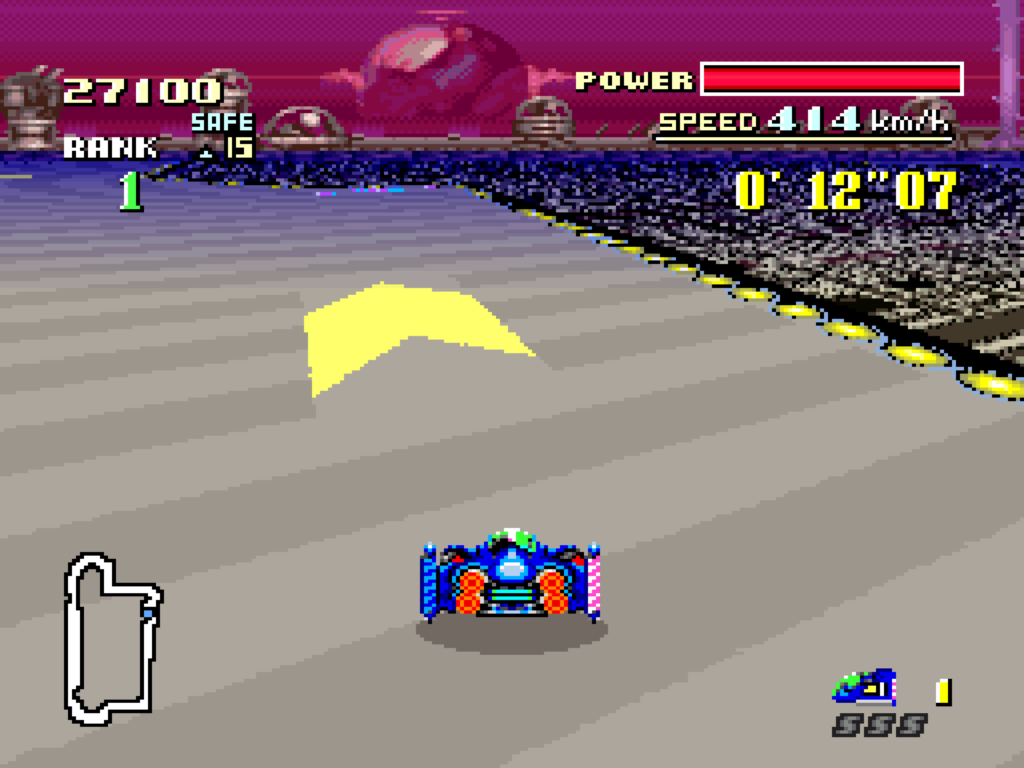
METAL FORT II: For the last of the new tracks, it’s not really that challenging. There are two jumps on the side of the track, with boost pads just before them. For the first jump, if you miss the boost pad you probably won’t have enough speed to make it to the end of the jump unless you steer back onto the track, but if you hit the boost you should be okay. The second pad, you’ll probably have to steer back onto the track regardless, you simply don’t have enough speed to keep going straight even if you hit the boost.
BS F-Zero Deluxe also includes four more vehicles, with notably different properties from the classic four familiar to everyone who played the original (and F-Zero 99 for that matter). They’re presented alongside the first four, and can even be driven on F-Zero’s 15 tracks.
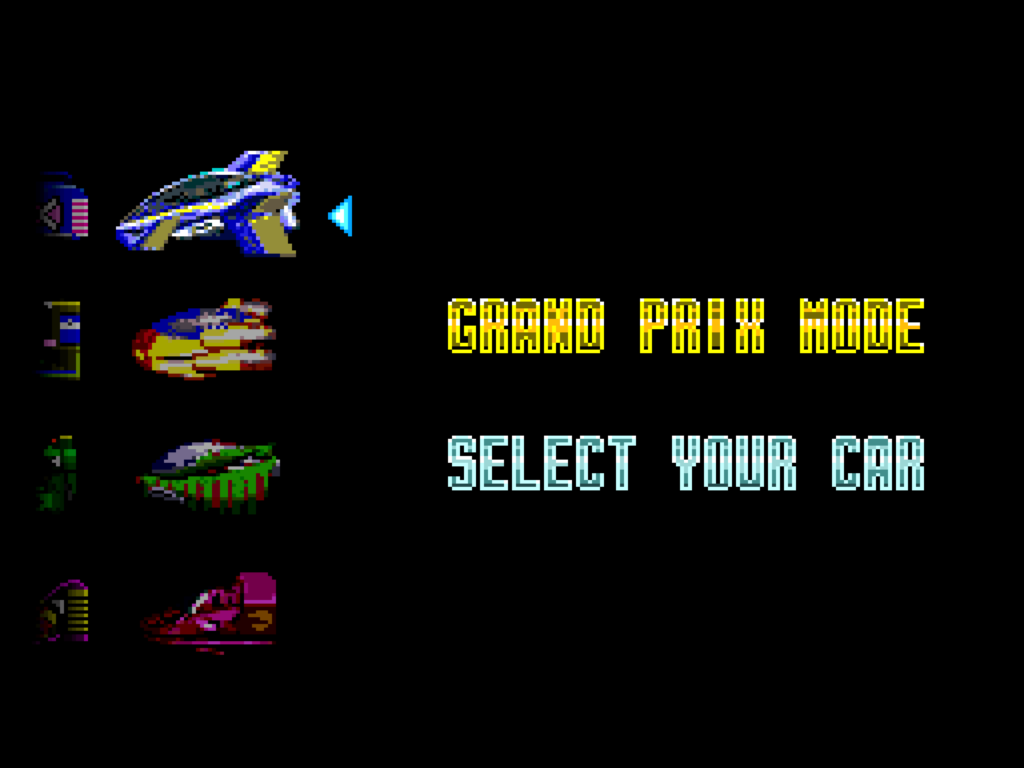
When I start thinking about Nintendo’s Japanese consoles in context with these kinds of events, I start to realize that Nintendo’s long been doing special events to connect with its fans, it wasn’t something that started in the Switch era. On the Famicom they released special Disk System releases in conjunction with contests; on the Super Famicom there was the Satellaview; and on N64 there was the 64DD. I don’t know of something similar they did on the Gamecube, but the Wii and Wii-U were internet capable and had special software like the Everybody Votes channel to try to engage players. On the portable side of their lineup, there was the e-Reader, special Pokemon events, the DS Kiosks and software experiments like Dusty Diamond and the Nintendo Badge Arcade, and the Nintendo Wi-Fi Connection before they shut it down. I’m sure there’s a lot of things I’m forgetting too.
It’s a shame that Nintendo tends to regard all of these things as trash, never to be revisited except maybe in the occasional trophy or sticker in Smash Bros. The people who all of this would matter to aren’t getting younger; it seems like a huge missed opportunity for them.

